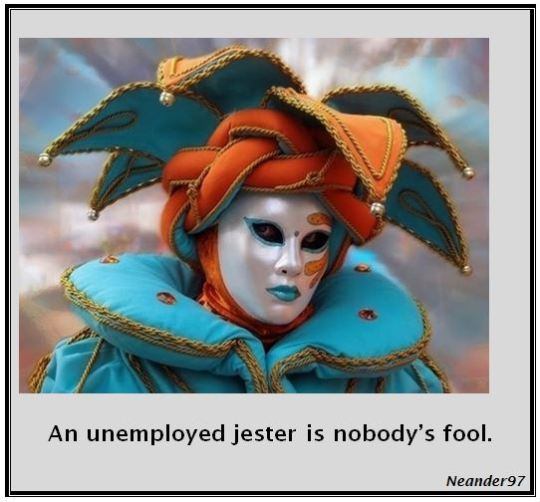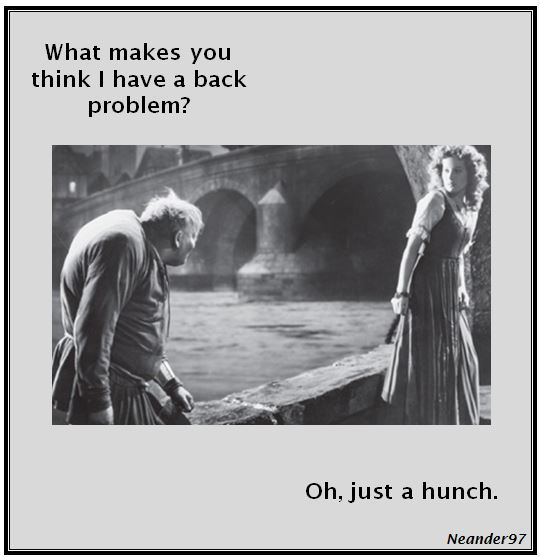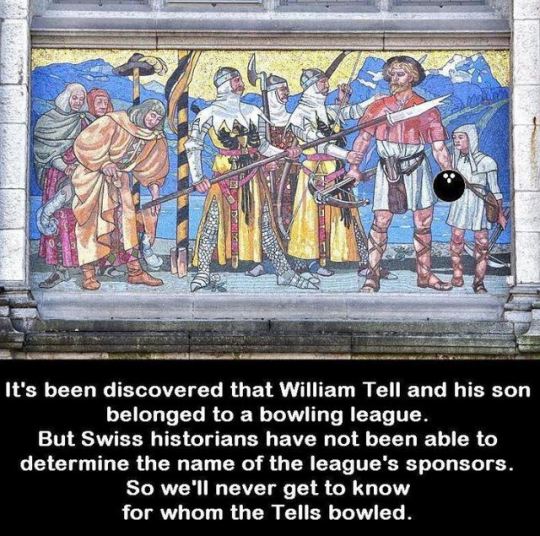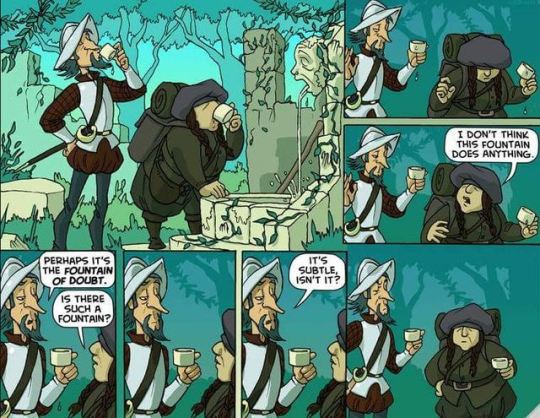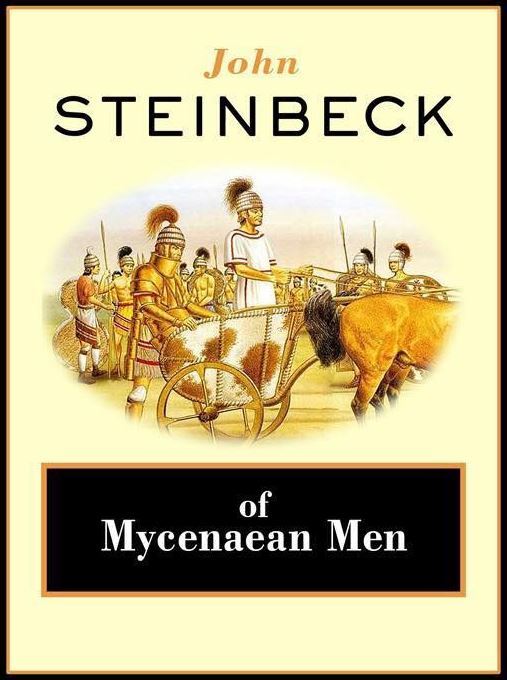Don't wanna be here? Send us removal request.
Link
#history #Montana #Eastern Montana #Prairie County, Montana #Terry, Montana #Little Bighorn
0 notes
Link
#Anthropology #New World #history #Bison jump #Montana # First Peoples Buffalo Jump State Park #Montana #Native Americans
0 notes
Link
#Anthropology #New World #history #ancient DNA #pre-Clovis
1 note
·
View note
Text
A Social History of Jell-O Salad
“A Social History of Jell-O Salad: The Rise and Fall of an American Icon” --Sarah Grey SERIOUS EATS 2015
“When my great-grandmother, Retaw "Dandeen" Mccoy, passed away in 2005 at the age of ninety-nine, we gave her a proper Presbyterian funeral in her Western Pennsylvania hometown. Afterward, in the church basement, the ladies of Springdale Presbyterian did what they've always done: served a funeral lunch. There were finger sandwiches. There were the big pans of rigatoni you see at just about every Pittsburgh-area gathering. There were cookies.
And then there were the Jell-O salads. Dish after dish of jiggly, shining gelatin molded into rings, braids—even a jellied tuna salad in the shape of a fish. Cherry red with fruit, pistachio green with nuts and marshmallows, a clear lemon yellow studded with vegetables: it was as if we'd stepped backward in time. Dandeen, who raised children and grandchildren in the mid-century glory days of the Jell-O salad, would have loved it.”
Read more here:
0 notes
Text
Chaco Canyon’s Dynasty
Elite ‘Dynasty’ at Chaco Canyon Got Its Power From One Woman, DNA Shows --Blake De Pastino WESTERN DIGS
“They were interred in what’s been described as “the richest burial known in the Southwest” — 14 men and women buried over the course of 330 years in the same crypt, some accompanied by pieces of pottery and pendants, others lavished with thousands of turquoise and shell beads. . . .
Archaeologists believe these 14 people, buried between the years 800 and 1130, were among the elite leadership of the Ancestral Puebloan society whose influence radiated for hundreds of miles from Chaco Canyon.
And new analysis of DNA from the 14 sets of remains shows that these elites weren’t merely members of the same influential class — indeed, they were all members of the same extended family, a “dynasty” that traced its ancestry to a single woman. . . .”
Read more here:
#chaco canyon#new mexico#elite dynasty#ancestral puebloan#pueblo bonito#native americans#mitochondrial dna#mtdna#anthropology#archaeology#history
0 notes
Text
Catastrophe curbs income inequality
The Only Thing, Historically, That's Curbed Inequality: Catastrophe --Walter Scheidel THE ATLANTIC February 21, 2017
“Calls to make America great again hark back to a time when income inequality receded even as the economy boomed and the middle class expanded. Yet it is all too easy to forget just how deeply this newfound equality was rooted in the cataclysm of the world wars.
The pressures of total war became a uniquely powerful catalyst of equalizing reform, spurring unionization, extensions of voting rights, and the creation of the welfare state. . . .”
Read more here:
0 notes
Text
“Collapse of Aztec Society Linked to Catastrophic Salmonella Outbreak”
“Collapse of Aztec Society Linked to Catastrophic Salmonella Outbreak” --Ewen Callaway NATURE February 16, 2017
“One of the worst epidemics in human history, a sixteenth-century pestilence that devastated Mexico’s native population, may have been caused by a deadly form of salmonella from Europe, a pair of studies suggest.
In one study, researchers say they have recovered DNA of the stomach bacterium from burials in Mexico linked to a 1540s epidemic that killed up to 80% of the country's native inhabitants. The team reports its findings in a preprint posted on the bioRxiv server on 8 February.”
Read more here:
0 notes
Text
Orenburg - East meets West?
“Russia: The Friendliest Border” --Joshua Kucera THE PULITZER CENTER February 13, 2017
In 1868, a chapter of the Russian Geographical Society opened in Orenburg, a Russian steppe town about 1,000 miles east of Moscow. Speaking at the opening ceremony, Orenburg’s governor, Gen. Nikolay Kryzhanovskiy, called on the geographers to support European Russia’s civilizing mission in what he called “wild Asia.” But to do that, they needed to determine exactly where that “wild Asia” began.
Russian geographers had earlier determined that the Ural River, which runs through Orenburg, was part of the border between Europe and Asia. Kryzhanovskiy seemed to agree: the geography of the lands on the other side of the Ural had “nothing in common with Orenburg and this side of the Ural,” he said in his speech. “There’s as much obvious natural wealth here as poverty there. There’s as much hope in the future here as there is hopelessness in everything there, as much life here as there is petrified deadness there.”
But where was “there”?
Read more here:
0 notes
Text
DNA suggests Baltic hunter-gatherers began farming without influence of migration
“Baltic hunter-gatherers began farming without influence of migration, ancient DNA suggests” POPULAR ARCHAEOLOGY February 2, 2017
“We know through previous research that large numbers of early farmers from the Levant (the Near East) - driven by the success of their technological innovations such as crops and pottery - had expanded to the peripheral parts of Europe by the end of the Neolithic and largely replaced hunter-gatherer populations.
However, the new study, published today in the journal Current Biology, shows that the Levantine farmers did not contribute to hunter-gatherers in the Baltic as they did in Central and Western Europe.”
Read more here:
0 notes
